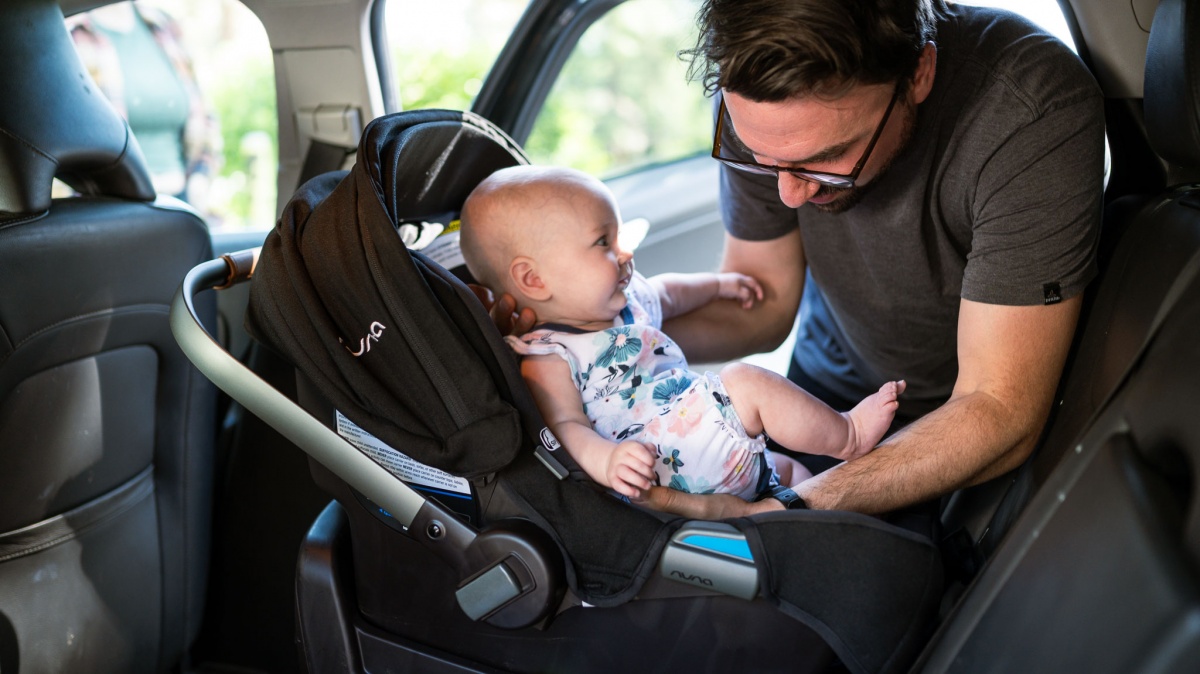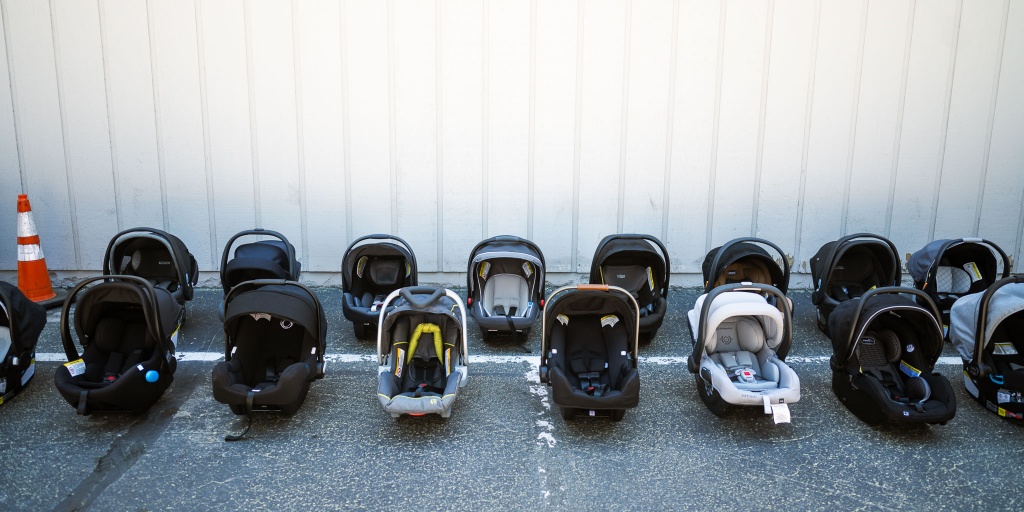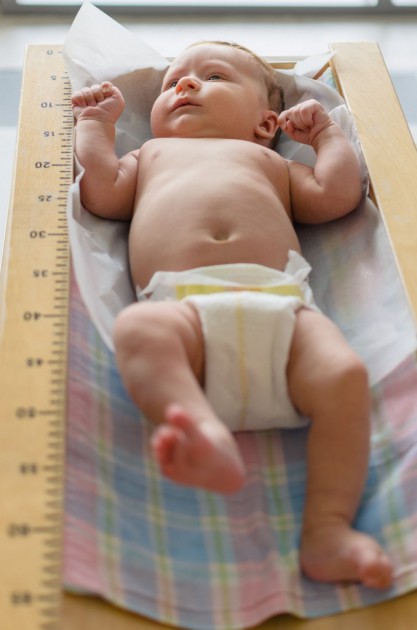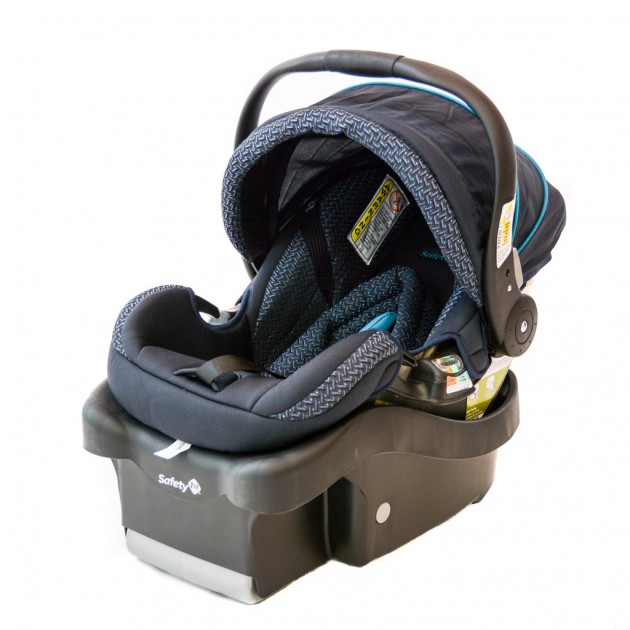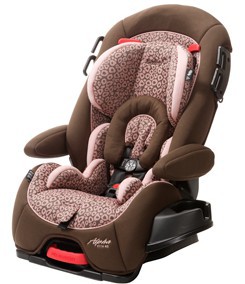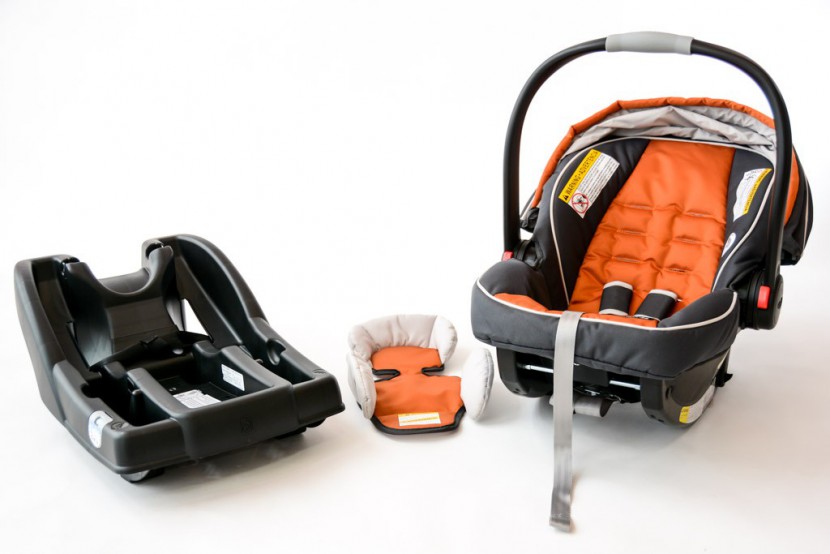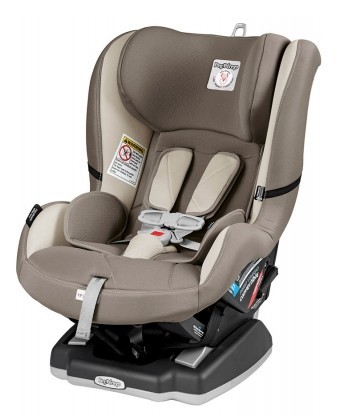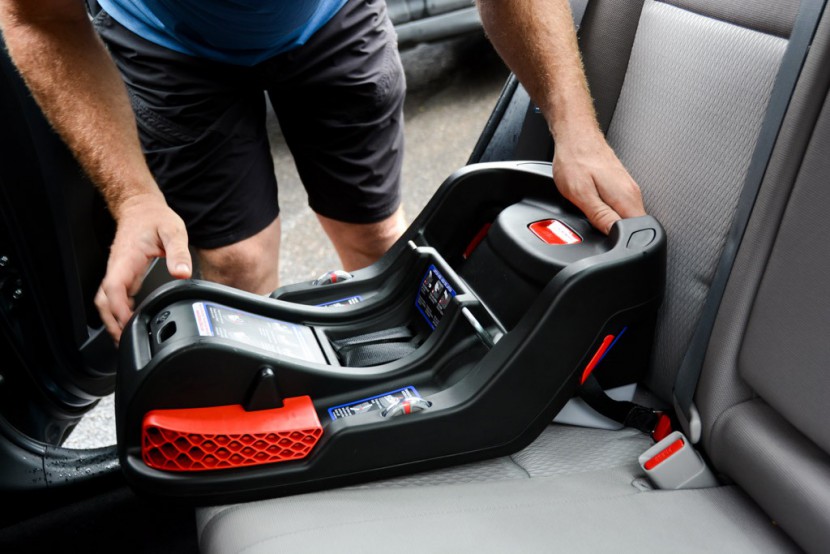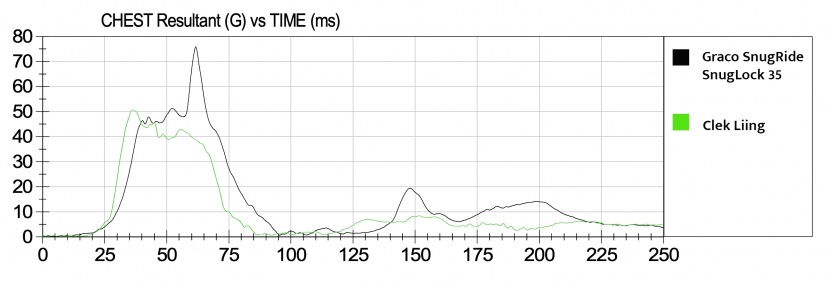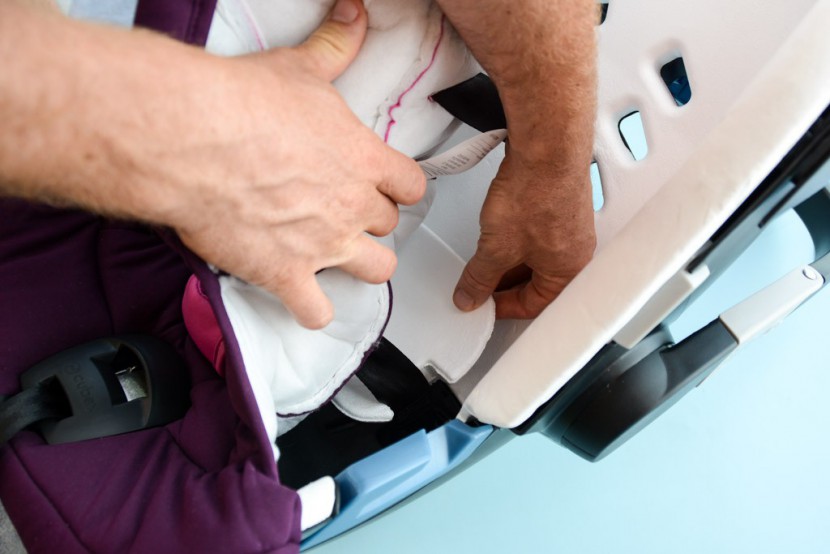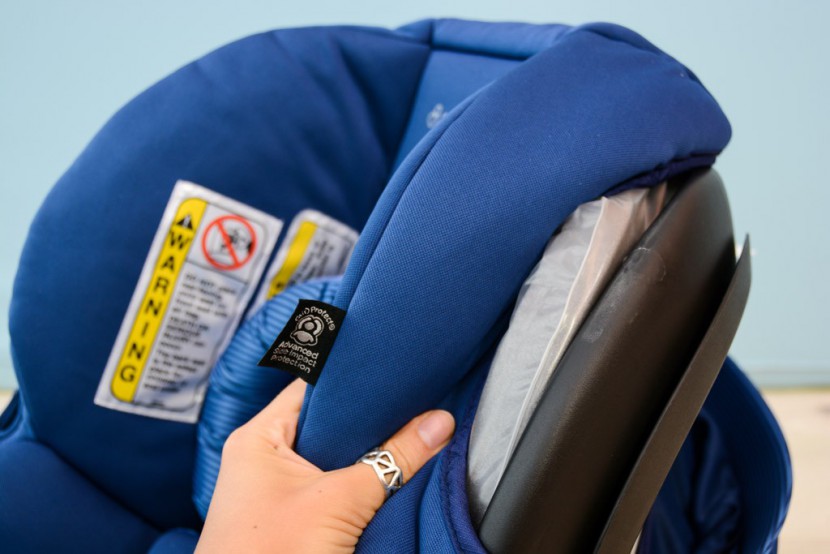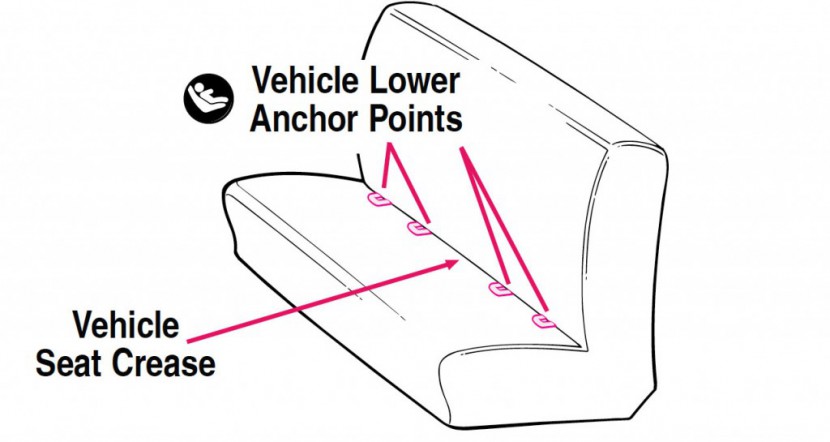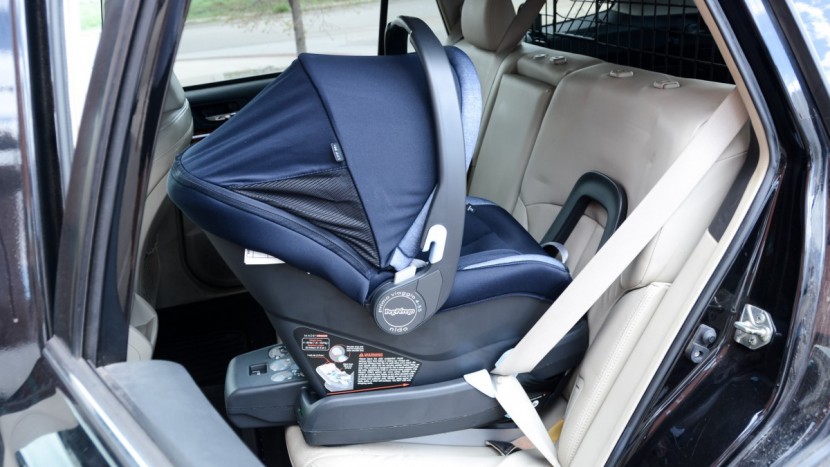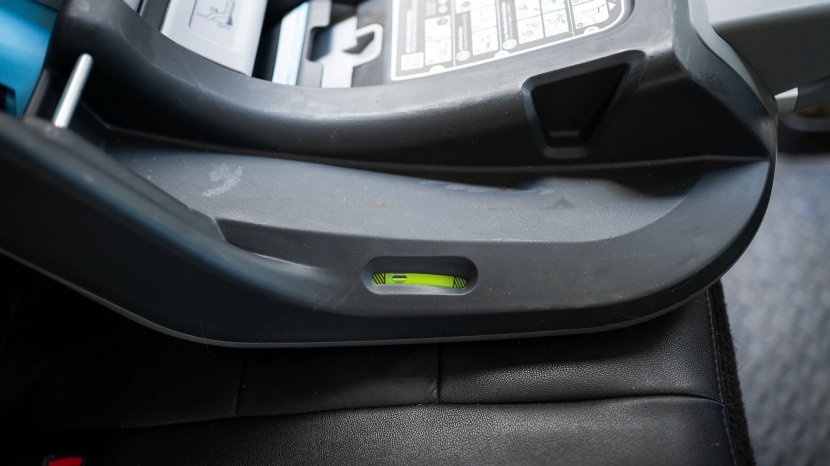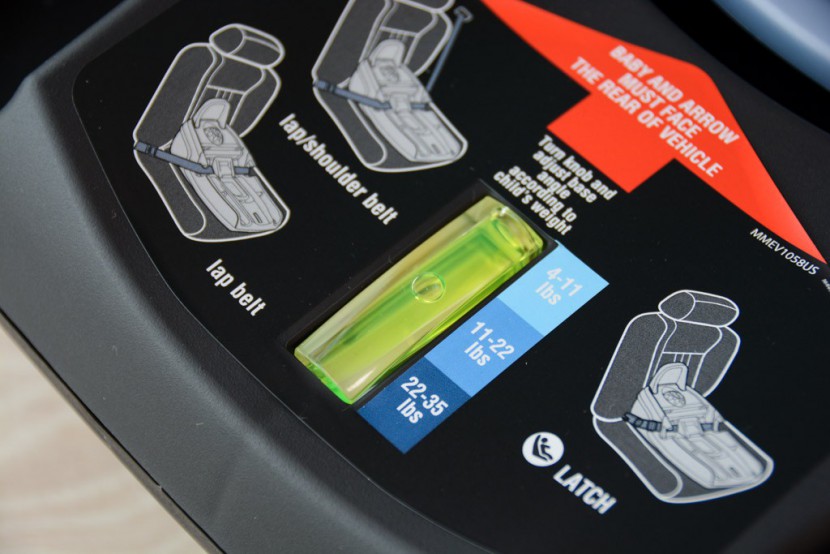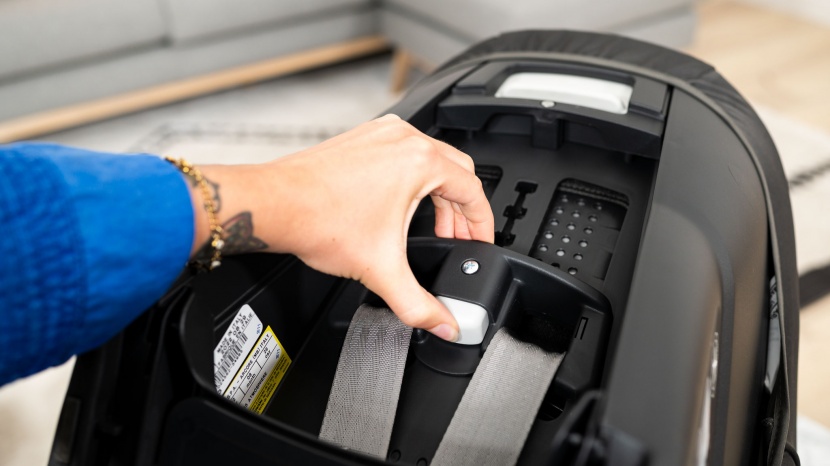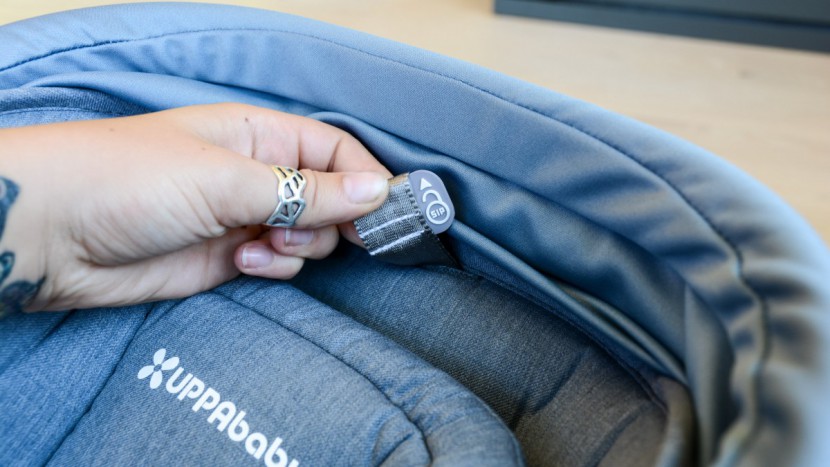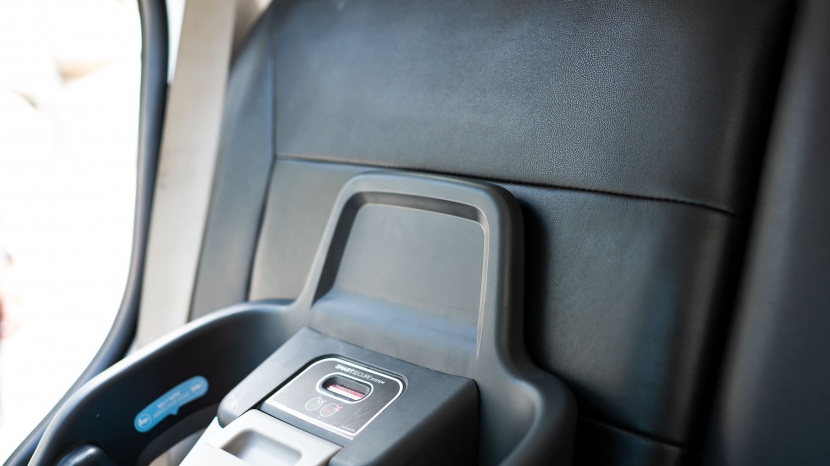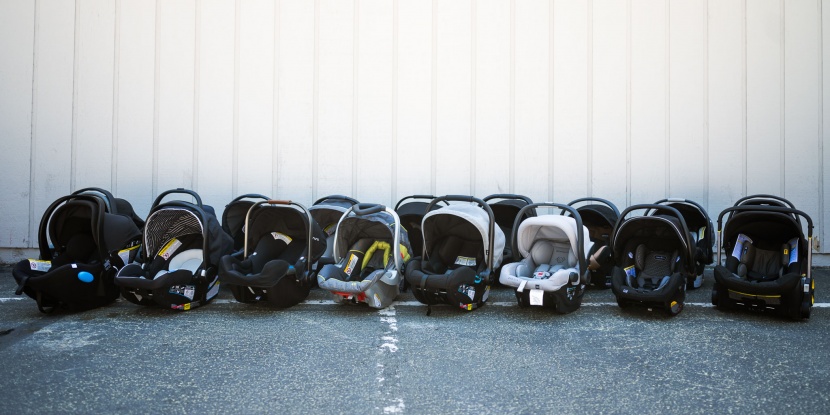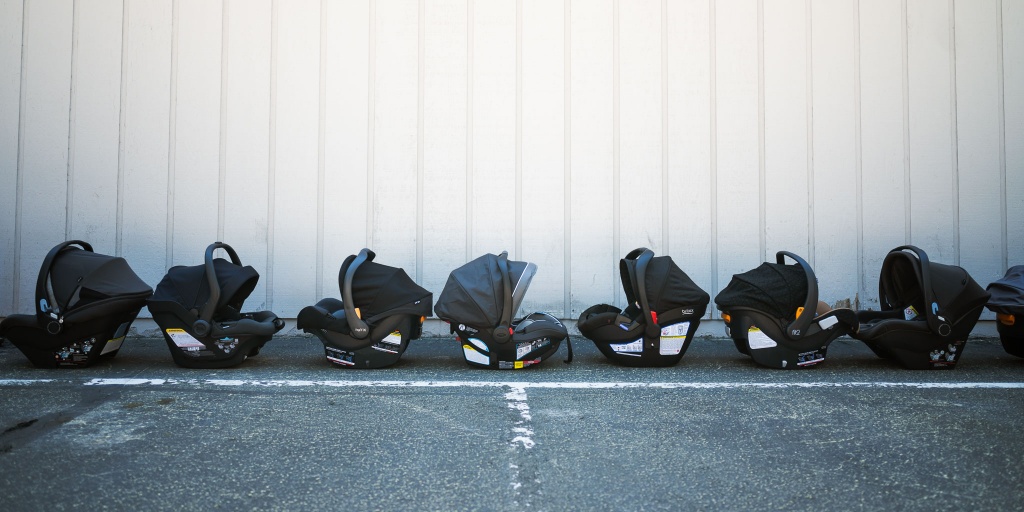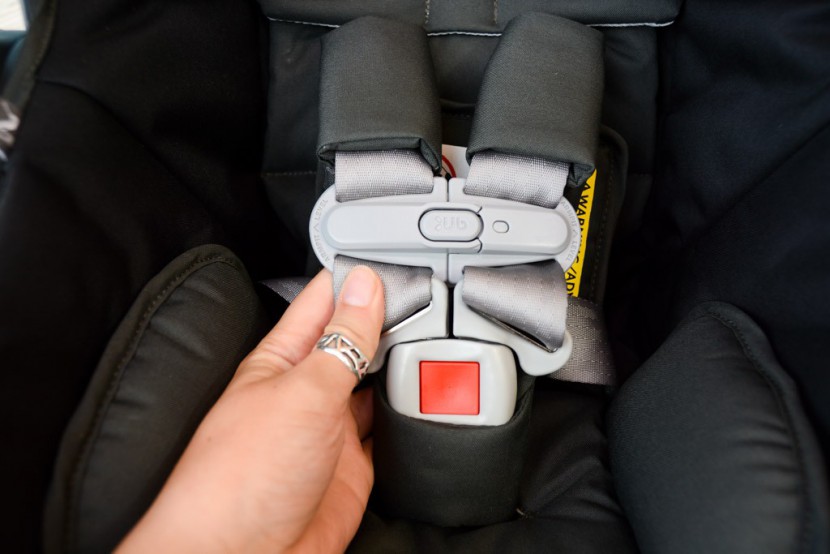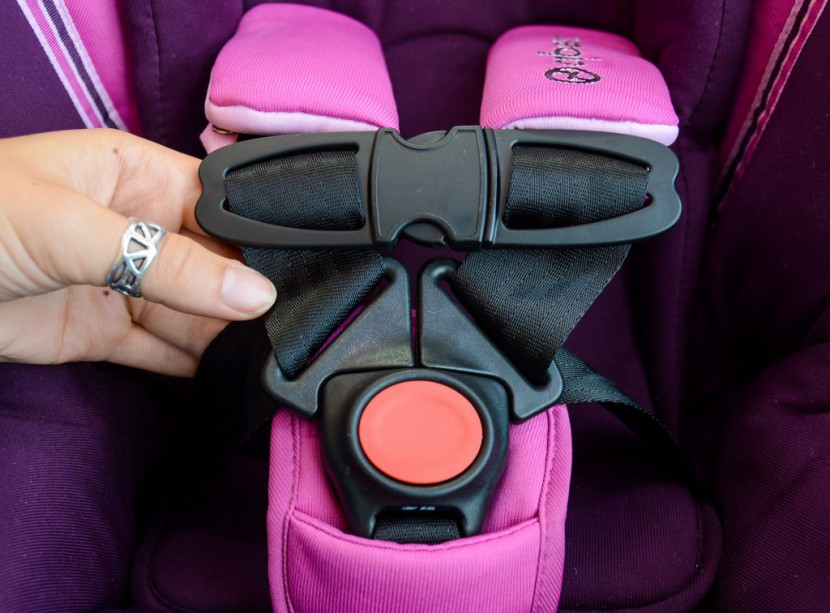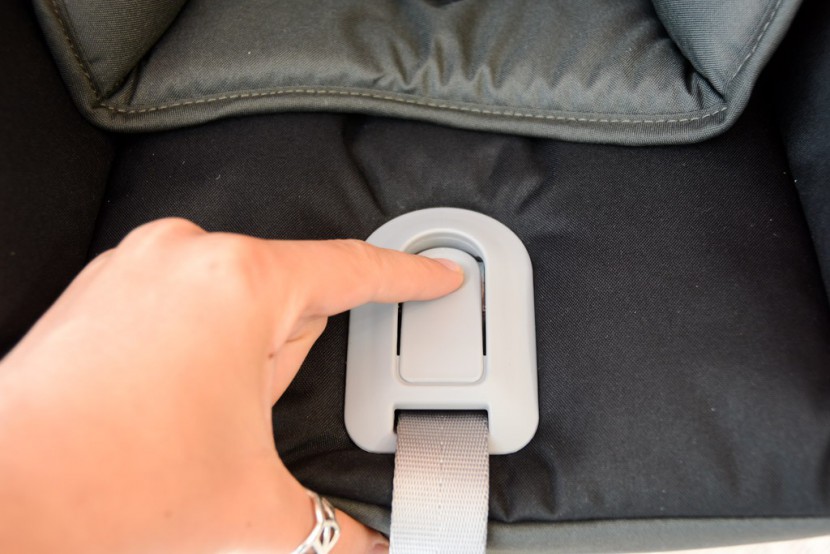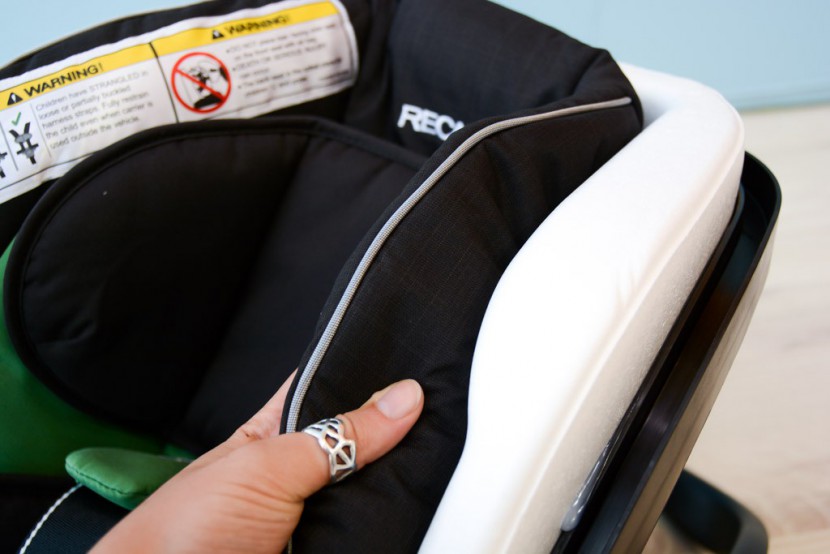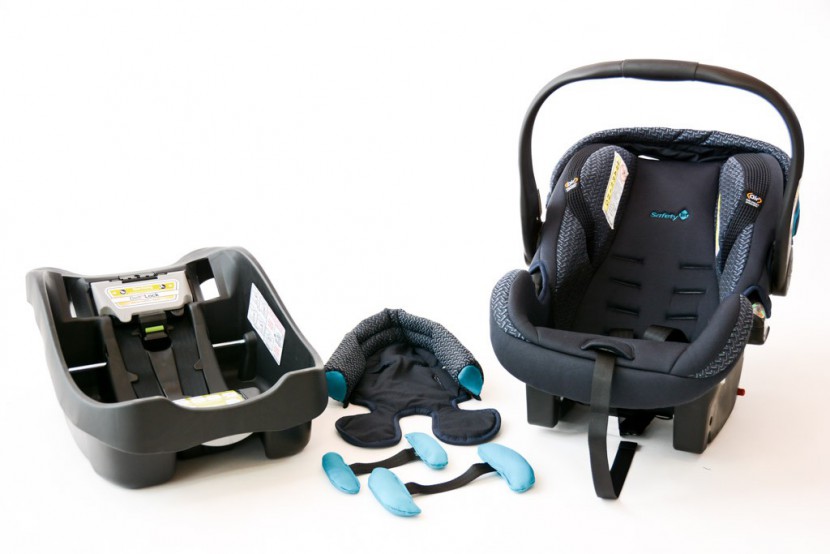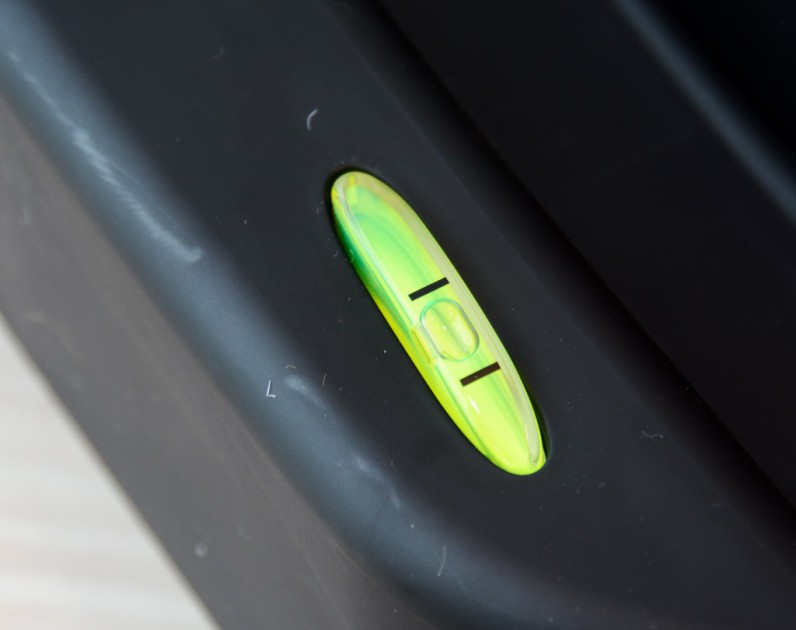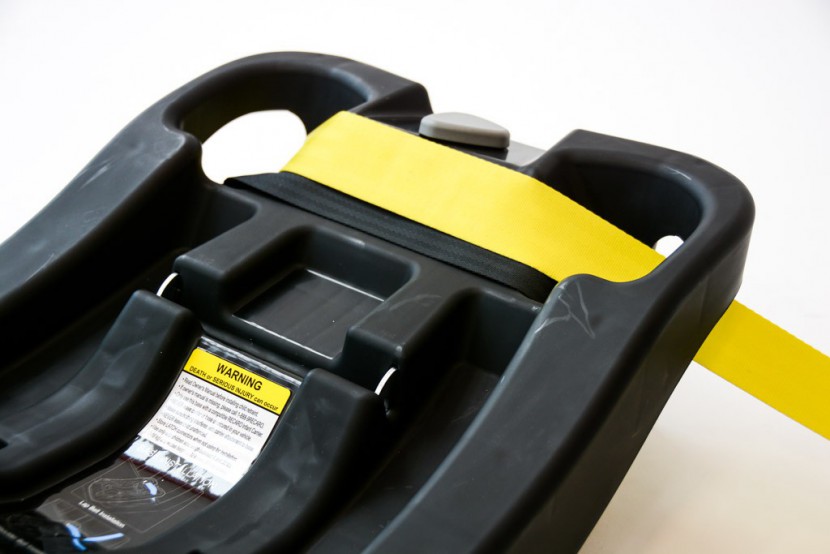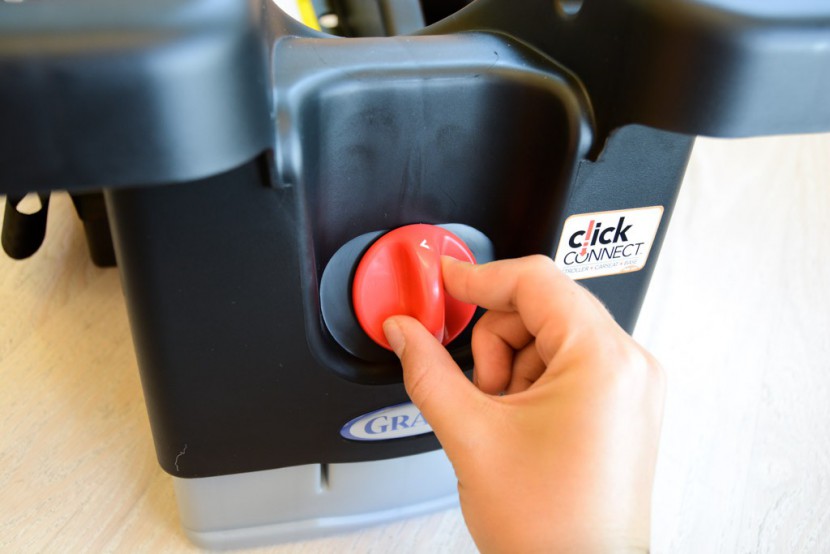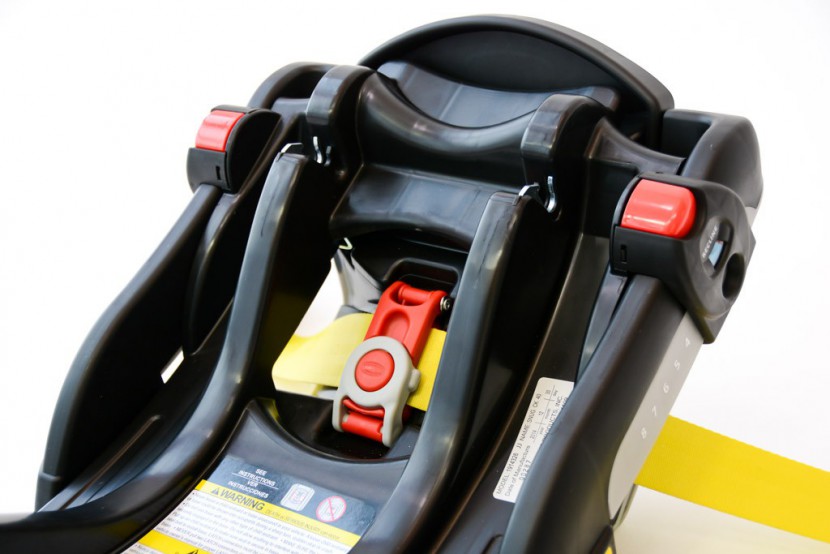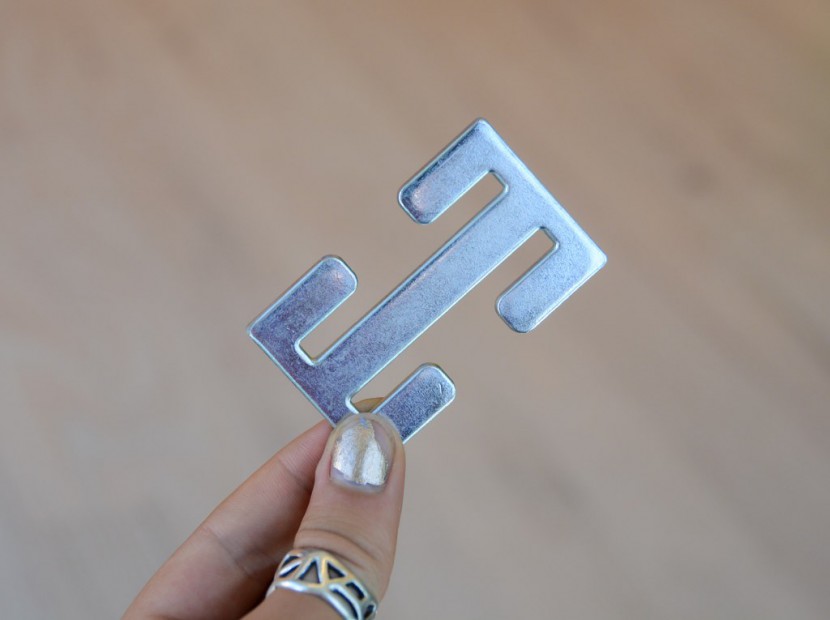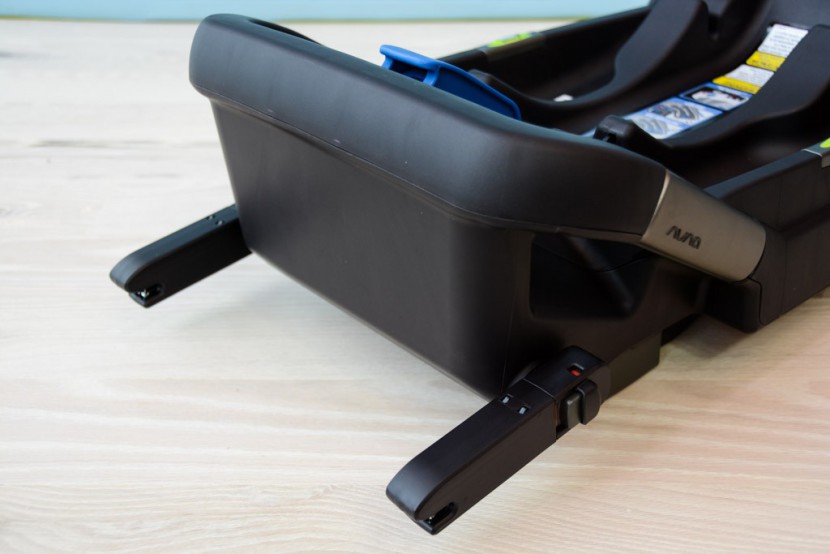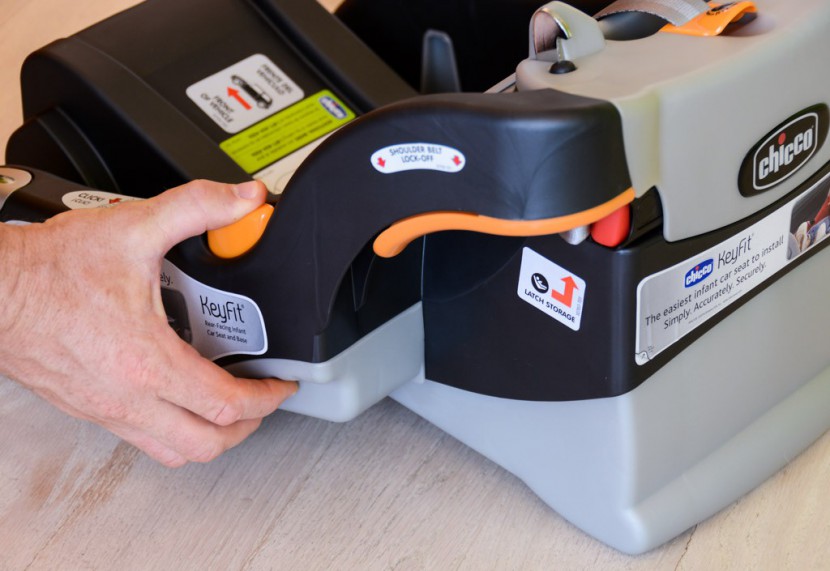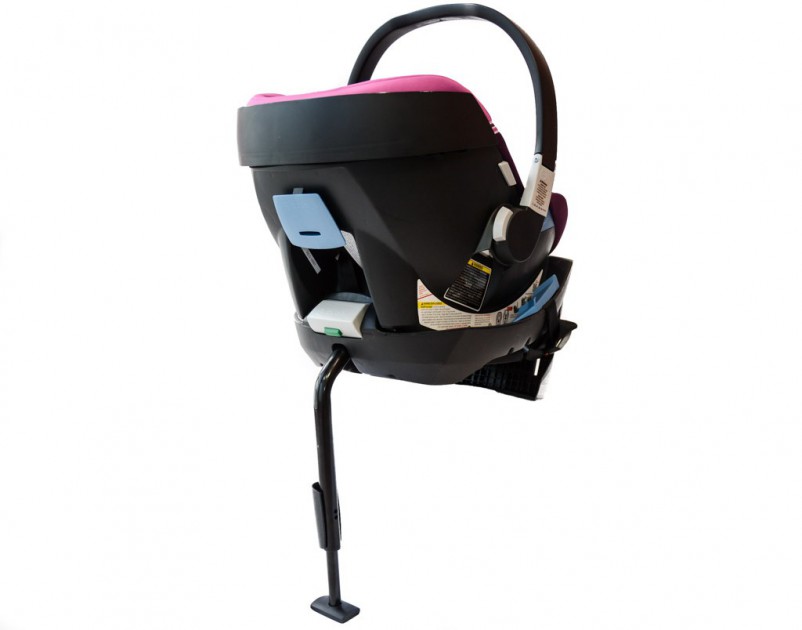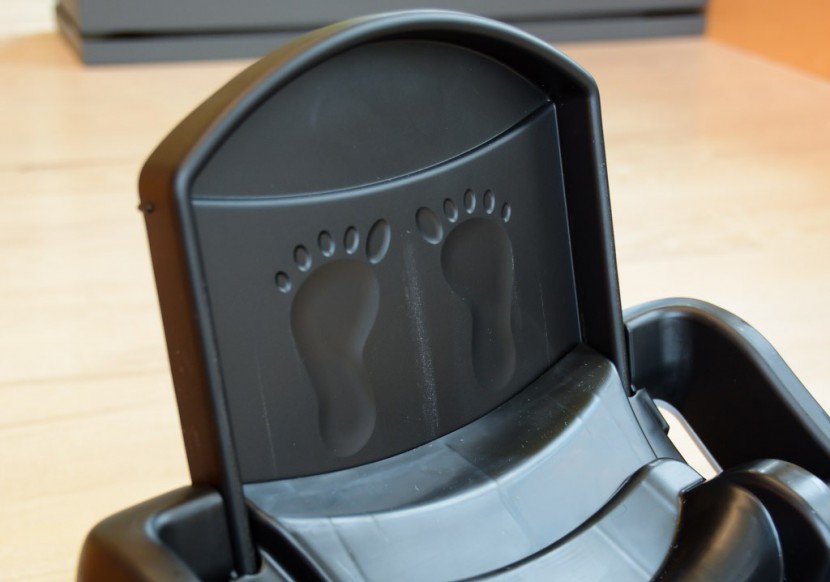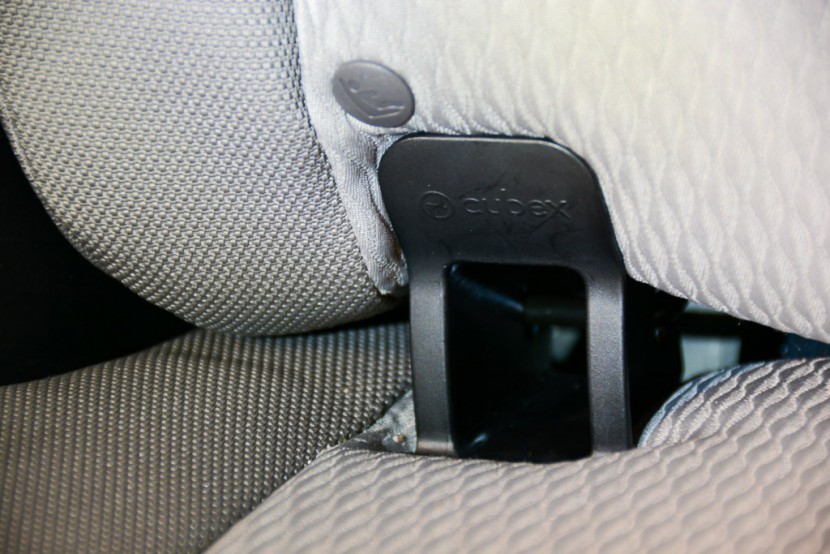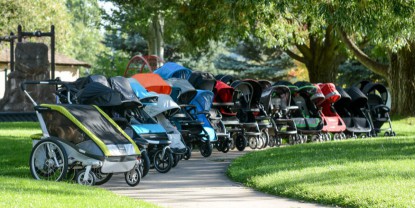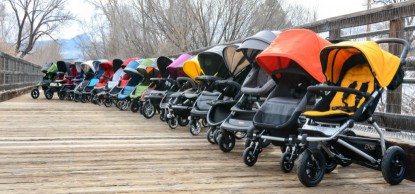After spending tens of thousands of dollars on crash testing car seats we review in a certified testing lab, we discovered that not all car seats are created equal, despite their ability to pass basic federal crash testing requirements. This buying guide aims to help you sort through the myriad of products available by providing guidance about what to consider before making an infant car seat purchase.
Read our complete infant car seat review to learn more about the models that won awards and why. If you are looking for a top-ranked convertible car seat or our favorite booster seats, we've got those too!
Why Buy an Infant Car Seat?
You must purchase an infant car seat if you ever plan to put your baby in a motorized vehicle. It might honestly be one of the only must-have items on your baby gear list (okay, diapers, too, but you get the point). If you plan to drive away from the hospital or birthing center, they will likely want to see your car seat.
Size and Weight Limits
Most of the car seats we reviewed are marketed as suitable for babies up to at least 30 lbs weight and height of 32 inches. The marketing of higher-end seats frequently touts a higher weight capacity closer to 35 lbs or 40 lbs, leaving many new parents wondering if they need this extra capacity.
So, is a car seat capacity up to 30 lbs and 32 inches enough? Or should you buy a seat with a higher weight capacity, such as 35 or 40 lbs? And, what about the Chicco Fit2 that claims to work "for 2 years?"
The answer is that 30 lbs and 32 inches are plenty. It is really only the height limit that matters. The higher weight limits are pretty much just marketing hype.
We recommend you switch your baby to a rear-facing convertible car seat at around 9-11 months old. Within that age window, it is the height limit of infant car seats that your baby is likely to exceed. Twelve-month-old baby boys at the 95% percentile are only 28 lbs, well within the upper limits of most car seats. Many car seat manufacturers use higher weight limits in the sales and marketing materials, implying that a capacity of 35 or 40 lbs is better than 30 lbs. For the vast majority of babies, any weight capacity over 30 lbs isn't going to apply.
Let us break it down for you. According to the Centers for Disease Control and Protection (CDC) baby boy age vs. weight growth charts (pdf), even a 95th percentile baby boy will weigh under 28 lbs and be just shy of 32 inches length on their 12 month birthday (95th percentile means they are growing faster than 94 kids out of every 100). So, you can see from CDC data that your baby is likely to exceed the height limit long before they exceed the weight limit.
So, let's focus on length limits.
Most of the car seats we reviewed are good up to a maximum length of 32 inches. The average baby boy will reach 32 inches and 26 lbs at 18 months of age, and the average baby girl will reach 32 inches and 25 lbs around 19 months. But, keep in mind that your baby will switch to a convertible car seat when age 9-12 months, so you likely don't need to pay extra or worry about weight capacity over 30 lbs.
Some of the seats only offer a maximum of 30-inch length, including the Chicco Keyfit 30. Is 30 inches enough?
Yes, but if your baby grows taller faster than most, a 30-inch length limit might mean moving up to a convertible seat a bit sooner. That isn't a problem, but it's something to keep in mind. The CDC stats show that the average boy baby will reach 30 inches long in about 12 months, and girls will get there at about 14 months old. A fast-growing, 95th-percentile boy will reach 30 inches in about nine months.
Most parents switch from an infant seat to a convertible car seat sometime in the 9 to 12-month age range. So, with seats rated for a length of at least 30 inches, the infant seat will serve its purpose in the age range that most matters and you can simply move up to a convertible seat when it's the right time for your baby without stressing about it. If you or your partner is exceptionally tall, you can always choose a seat with the more standard 32-inch height limit, which is almost all of the competition.
An exception to the norm in infant car seats is the Chicco Fit2, which boasts a useable period of “2 years,” according to their marketing claims. This seat has a height limit of 35 inches (3 more than the average seat), and the carrier can switch positions to a more upright posture once your baby can crawl or walk. While we can see that this seat will work for a longer time than the average infant car seat, it is unlikely to last for 2 years for most children as only babies at or below the 50th percentile will reach 2 years old and still be under 35 inches. So, while you might like the idea of a 2-year solution, it isn't likely to last for 2 years and is not the best reason to purchase this seat. We want to caution you to put the 2-year claim out of your head and focus on the growth of your child instead.
Overall, we advise that you largely ignore size and weight capacity as critical considerations in your car seat buying decision. The limits don't matter enough to stress about. The bottom line is that at some point, you will need to purchase a new car seat; whether that happens at 9 months or 18 largely depends on your baby's growth rate, not the car seat limits. Once you switch, your little one will be in their convertible car seat until they reach those limits, as well. So, whether it is 9 months in an infant seat and 2 years in the convertible or 18 months in an infant seat and 1 1/4 years in a convertible, you'll still be purchasing two seats before your child is ready for a booster.
Types of Car Seats
There are two basic kinds of car seats: the infant-style car seat (above left) and a convertible car seat (above right). Both can be used with infants and have some similar features and functions, but they are not the same. There are pros and cons to each style of seat, thanks to their designs and overall limitations.
Infant Car Seats
Infant car seats look and behave somewhat differently than convertible car seats. Because the design has smaller babies in mind, they have features that support little bodies and make your life with an infant more convenient.
- Separate Bases/Detachable Seats — With an infant seat, the base, and the carrier/seat are detachable, and this feature is very convenientfor an infant. The way it works is you install the base in your car, more or less permanently. The seat then clicks onto the base. This design feature allows you to leave the base in the vehicle correctly installed and gives you the freedom to remove the carrier with a baby inside. The carrier can be transported via the handle or connected to a compatible stroller. We find the ability to click the car seat into a stroller to be very convenient for running quick errands without disturbing the baby for a seat/carrier transfer.
- Rear Facing Only — Infant seats always face the rear of the vehicle (required by law), which is a safer position to be in in the event of a head-on collision (the most common type of crash).
- Canopy — Infant seats usually offer a canopy to help block the sun from baby's sensitive peepers. A canopy can come in handy in and outside the car while being carried or attached to a stroller. Convertible seats do not have canopies, and it is ill-advised to create one for safety reasons.
- Smaller Weight and Height Restrictions — While some of the infant seats now have more extensive weight/height ranges than they used to, their range is still less than convertible car seats because the seat is specifically designed for smaller bodies as opposed to trying to fit all body sizes. This design might seem like a limiting factor or a reason not to purchase one, but it is part of what makes this kind of seat special and better for newborns and smaller babies than convertible options.
Convertible Car Seats
We recommend that you switch from an infant seat to a convertible car seat when your baby is 9 to 12- months old. However, convertible seats offer compatibility with infants as small as 5 lbs and up to 40-70 lbs, depending on the model. The word “convertible” comes from the ability to use the seat in a rear-facing position initially and then later flip the seat around to “convert” it to a forward-facing seat.
The ability to use a convertible seat with an infant may tempt you into buying only a convertible car seat and skip purchasing an infant seat entirely. We urge you not to do that. In our opinion, an infant seat is better designed for the size of a young baby and a lot more convenient to use. The ability to keep the separate base of an infant seat installed in the car and simply click the car seat carrier in or out is very convenient. In comparison, using a convertible car seat with an infant is a hassle because you must always put them in or take them out of the harness system every time you transition to or from the car.
You will see some seats advertised as “all-in-one,” which may have a supported weight range spanning from infant to 65+ lbs. These may seem like a good idea at first blush since you buy one seat and use it for many years. But, we do not recommend these “all-in-one” seats. We at BabyGearLab feel that an infant seat is the best choice for newborns because they are much more convenient to use and are specifically designed for smaller bodies, and thus offer a better fit, which translates to a potentially safer situation with less margin of error. Switch to a convertible car seat once your baby outgrows their infant seat, usually around 9 to 12 months of age.
Overview of the Basics
Even though all seats must meet or exceed federal crash test guidelines (and are considered safe), they are not all created equal. In the following sections, we will cover the common features you should consider when looking at different infant car seats.
Never, Never, Never leave baby unattended in an infant car seat. Injury and death have occurred from accidents related to car seat carriers left unattended while the baby slept. Also, never leave the carrier on a soft surface like a bed or couch to avoid a rollover suffocation hazard or on a high surface like a countertop to avoid a fall.
Crash Tests
As you would expect, crash tests play a key role in the basic performance of car seats and also in differentiating products. Every car seat sold in the United States must pass federal crash test safety standard guidelines. The National Highway Transportation Safety Administration (NHTSA) administers this test. To pass the standard, each seat is subjected to crash testing in a facility designed to simulate collisions using a sled and crash test baby dummies. These sled-based tests utilize data from sensors implanted in the test dummies that measure the amount of force exerted on a dummy baby's head and chest based on a 30-mile-an-hour collision simulation.
The good news for parents is that these federal safety requirements ensure that every seat sold in the US provides at least a basic level of crash protection, and thus can be considered safe.
Even though every seat on the market has passed the minimum federal safety requirement tests, some have passed with better results than others. In our review of car seats, we ran our privately commissioned crash test a little faster, using a sled that better mimics modern vehicles than that used in the federal guidelines. We analyzed our test results side-by-side to compare how each seat performed to one another and the federal maximum for G-forces. Because our tests are “hotter” and our sled is somewhat different, our test results are not comparable to those of NHTSA, which is intentional so we can see how the seats perform under more stress.
Given that some seats perform better in crash tests than others, we gave higher scores to those seats that provide an extra margin of protection in our crash test analysis. We think the analysis and results matter and deserve to be one of the factors you take into consideration in your purchase decision.
Head Injury Criteria (HIC) Score
During each crash test done by MGA Research, G force sensors are placed in the chest and head of a test dummy. This dummy is designed to simulate a 22 lb baby. The federal safety standard developed by NHTSA uses a scoring factor called the Head Injury Criteria (HIC) score, which is a measure of the likelihood of injury arising from the impact. The federal guidelines require each seat to achieve an HIC score of 1000 or lower to pass. Lower numbers are better, like in golf. Because we ran our tests differently, we expected that some seats would surpass the federal limit. These seats are still considered safe, but we gave higher analysis scores to the lower sensor results as they potentially offer an additional margin of safety over the competition.
Chest (G) Clip Score
The crash dummy also contains sensors to measure chest impact forces. The data from the chest sensors is used to calculate a second score, called the Chest (G) Clip score, which is an attempt to create a measure of the likelihood of injury to the heart, lungs, and other organs. To pass the federal standard, each seat must achieve a Chest (G) Clip score of 60 or less. Once again, because our test differs from the test methods used by NHTSA for the federal standards, we expect some seats to be outside this maximum limit. These seats are still considered safe. We gave higher scores to lower results for this sensor data, as lower results indicate less G forces on the passenger.
Improperly installed car seats can cause infant injury or death in auto accidents. It is not enough to have and use a car seat; you must use it properly and consistently.
Side Impact Protection Claims: Let the Buyer Beware
Some of the seats we tested claim side impact protection (SIP) is part of the seat's design. We suggest consumers remain skeptical about these SIP claims as there is no set standard on what it means for a seat to have SIP, and the term means different things to different manufacturers. While a plan for possible side-impact testing of car seats is in the works, there is currently no universal standard or test available to determine the safety of side-impact features. Also, the term is filled with ambiguity. For example, Safety 1st claims SIP in the case of a side collision. They cite independent tests they have paid for to determine the effectiveness of their design. Alternatively, Graco claims SIP and independent testing, but their definition of SIP means the harness will keep your child in the seat in the event of a side collision. We think most parents would consider keeping the child restrained in the event of a side-impact to be a basic feature offered by all products rather than a specific side-impact protection feature.
Of course, extra safety features are beneficial, but we want you to know of the “Safety washing” that occurs in the marketing of side-impact protection in the industry. Because there is no industry standard, and each manufacturer means something different when they say pretty much the same thing, it means the terms used to describe “side impact” have no meaning in and of themselves. This lack of agreed-upon definition requires further research to determine how each company chooses to define the term and claims to have tested their design, if they are claiming it has undergone tests at all.
We feel that manufacturers are using side-impact protection as a marketing claim, and we'd much prefer that there was an actual standard for these claims to create a focus for each manufacturer's design engineers. For now, in our efforts to determine how the seats were tested or what most manufacturers meant when stating the seat offers SIP, we came up disturbingly short in locating compelling information or evidence to support the claims.
Seat Construction
Every seat has essentially the same kinds of materials and basic design. There aren't large differences between the seats in this regard, with all of them having a hard plastic shell with dense foam padding as the second layer. Next, they either have softer comfort style padding and/or a fabric cover, and some of the seats also offer additional inserts to help position the baby more comfortably or safely. These inserts can be on top of the fabric or under the padding and cover. Some seats also offer additional or larger pads around the head area, presumably for impact protection; some explicitly state this is the purpose of the additional head wings, while others do not. This lack of information makes it hard to determine if the feature is intended to boost safety or simply give the illusion of improved safety.
Our view is that the differences in seat construction that really matter are the ones that show up in crash test performance, as well as those that affect the baby's day-to-day comfort.
External Shell
The external hard plastic shell on all of the car seats we tested is the first line of defense in an accident. The shell supplies the necessary structural support and includes an inner layer of energy-absorbing hard foam inside. In this way, an infant seat works much like a bike helmet, which also uses an exterior shell of hard plastic combined with a layer of energy-absorbing hard foam between the shell and your head.
Foam
- Hard Foam — All the seats we looked at have stiff foam as their primary energy-absorbing material that helps protect the baby in the event of a crash. This foam is similar to that found in many bike helmets and is the industry standard for impact protection. The main distinction between seats is the amount and location of the foam inside the shell. Most have the hard foam on either side of the head or encompassing the side and back of the head. A few had foam inside the entire shell surrounding all parts of the baby.
- Soft Foam — Several options include softer comfort foam in the head area of the shell. Soft foam won't do much in terms of impact protection crash, but it can add comfort for normal day-to-day use. While some manufacturers claim soft head supports to aid in SIP, the majority of soft foam is either for looks to mimic some types of impact resistance, for added comfort for the baby, or to help in positioning the baby correctly (like infant inserts for smaller newborns).
Extra Padding
On top of the foam and standard seat padding, there might be extra padding that can be anything from an infant insert piece that helps position small infants properly to the padding on the harness to help keep the baby's head positioned and/or avoid rubbing on the straps.
The Three Ways to Install the Car Seat
There are three methods you can use to install a car seat in a vehicle. We'll give you an overview of each and the most common reasons to use one over another.
- Installing the Base with LATCH connectors — Since 2002, most cars in the US have been required to include LATCH connectors on the left and right side rear seat positions (but not the center seat). LATCH stands for Lower Anchors and Tethers for CHildren (LATCH). This type of connector was invented to provide a reliable and straightforward method of attaching car seats to vehicles. We recommend using LATCH connectors when they are available since they are usually the best and simplest way to ensure a tight and secure connection. Most parents place their child in one of the side seats using LATCH anchors, typically on the right rear passenger side, to make it easier for the driver to see the baby.
- Installing the Base with a Seat Belt — To place the car seat in the center seat, installing the car seat base with the vehicle seat belt is usually required. Not all vehicles provide LATCH anchors for the center seat, leaving installation using the vehicle belt as the only option for installation with the base. Center seat installation is worth a thought because studies show it can reduce injury by more than 40% (compared to one of the side positions). Our test revealed giant disparities when installing the seats with the vehicle belt. For those interested in placing the car seat in the safer center location, finding a car seat that makes this easier is important.
- Installing the Car Seat without the Base — For parents who expect to take taxis or Uber with their baby, learning how to install the car seat without the base is an important urban parenting skill to master. Also, this is the method of installation you will use if you bring your infant car seat on an airplane. It is worth noting that many parents hold their baby on their lap for airplane travel or use a top-ranked baby carrier. Most airlines allow you to bring a baby under two years old on the plane for free, as long as you hold the baby on your lap. However, the FAA recommends using an approved car seat for air travel as the safest way to travel with your baby, but that will require buying an extra plane ticket and installing the car seat without the base using the airplane seat belt.
Visual Installation Indicators
Every seat has a level indicator to help you determine when its installation is correct. Some also include other indicators, such as determining if the anchor is sufficiently tightened. Some examples of these are shown above.
A level indicator can look like a traditional level used in construction with liquid and a bubble, or it might be a small ball that rolls. No matter what the level looks like, it is important to use it as directed because it helps indicate when you have a seat properly installed.
Some seats might have a line on the side of the base that should be parallel to the ground beneath the car when installed correctly. The easiest way to use these is by standing back from the vehicle to assess the line compared to the ground.
Height Adjustment
The ability to easily adjust the harness height on the seat can mean the difference between an infant that is securely restrained and one that is not. If a seat is easy to adjust as your baby grows, then there is less chance for error or avoidance.
Rethreading the Harness to Adjust Height (Yuck)
The most difficult harnesses to adjust for a growing baby's height are those that require you to “rethread” the harness straps. Rethreading requires that you remove the shoulder straps from a splitter behind the carrier, pull them through the current slots in the seatback, and then reinsert them at a different height slot more appropriate for your growing baby's height and reattach them to the splitter. Because it only requires adjustment occasionally, it isn't a deal-breaker, but it can be annoying. If you adjust it with your baby out of the seat, it is far less challenging. The big downside of this style of adjustment is you may not notice it needs adjusting until your little one is in the seat. It can be a hassle to take the baby out of the seat to adjust the height. Some parents might even be tempted to wait to make the adjustment until the next trip. Unfortunately, this often leads to a cycle of forgetting and postponing, over and over, while your baby is unsafely rolling in a harness that doesn't fit.
Easy to Adjust the Harness Height Seats (Non-Rethread)
Our favorite seats for height adjustment allow adjustments without re-threading the harness straps from one slot to another or detaching the straps from the splitter plate. This type of harness can usually adjust with the baby in the seat so that it can be performed “on the fly.” The UPPAbaby seats, Chicco Fit2, and theChicco Keyfit 35 all have nicely designed non-rethread harness systems that are a breeze to adjust.
You can tell the harness is tight enough when you are unable to pinch the harness fabric at the shoulders between your fingers.
Buckle
The buckles in our review are all strikingly alike. Some of them even look like they came off the same assembly line, but there is a noticeable difference in how difficult they are to use. If you have any thumb strength or structural issues whatsoever in your hands, you might want to compare who did the best and the worst in this test sub-metric.
Weight of the Carrier
When researching the various car seats, it seems like every manufacturer claims they make the lightest seat. Weight is important because you might be carrying your baby and seat from place to place or will need to lift the baby higher than your waist for some SUVs and trucks. Obviously, not all of the seats can be the lightest, but a few are what we consider to be prohibitively heavy.
Other Features
Sometimes, the difference is in the details or the beauty and the devil, depending on how you look at it. While many of the products look and function similarly and even smell the same, the details help them stand apart from the pack. If a seat offers a feature that others don't or is giving attention to features that might increase potential safety, then we feel they should be recognized. In a product group so heavily regulated, it can be difficult to tell one seat from another or decide why one is better than the last without looking at the features and functions that help them get ahead and stand out in a crowd.
Anti-Rebound Bar and Load Leg
While the jury is still out on whether or not an anti-rebound bar or load leg really offers additional protection, physics seems to support the general idea and claim that they do. Our most recent see of crash testing also indicates that a load leg might be helpful, Though a higher scoring option has neither a load leg nor an anti-rebound bar, so there is still more at work here than can be quantified.
We like the idea of both, but we also feel that there isn't enough information available for us to feel like the absence of these features is a deal-breaker. For now, we think it is a nice feature to have on an otherwise high-scoring seat, and our crash testing, at least anecdotally, generally indicates these features improve crash test results (with some notable expectations).
Stroller Compatibility
We suggest you pick the car seat that best meets your needs before you consider compatible strollers. The car seat selection is frankly a more important decision to ensure your infant's safety, and you are not likely to paint yourself into a corner when it comes time to pick a stroller.
When you are ready to find a compatible stroller, our review of full-size strollers can help you review your options. Alternatively, a growing number of parents skip a stroller for the first 6-12 months by wearing their baby in a personal baby carrier. This travel option is easy, great for bonding with your baby, decreases baby crying and distress, and keeps both hands free for shopping or pushing carts. You can check out our review of the top-rated baby carriers with detailed ratings and information.
How do I decide which car seat is best for my baby?
With so many seat options and a variety of features to choose from, the task of buying a car seat can feel overwhelming. We've provided the information and broken it down into steps that will help you determine which seat will best suit your needs.
Step 1: Consider Where You Will Install the Seat
As we noted above, there are multiple ways to install a car seat, and each method relates to a different type of usage pattern.
Urban Parents
If you live in a major city and expect to take your baby in cabs or Uber, you should consider a car seat that is easy to install without the base. Because this type of installation can be more challenging, we'd suggest urbanites consider those carriers that scored well in ease of installation without the base.
Do you use taxis frequently and want an excellent stroller for pushing your baby around town? The Doona turns into a stroller and could make navigating city life with a baby much more manageable. While it isn't our favorite option, and it did not win an award, we see how it fills a niche for some families that is hard to find elsewhere.
Center Seat or Side?
The next key question is where will the seat be located in your car and whether the seat base is going to be anchored using the LATCH system (on a side seat location) or using the seat belt (in the center).
The safest location for an infant car seat is in the center seat, as accident research shows a 43% lower risk of injury for seats placed in the center. But, the center location will only be safe if you can properly anchor the seat securely. And, given that research shows more than 79% of infant car seats have at least one serious problem with installation, wise parents will take ease-of-proper installation seriously (as we do). About 39% of parents place the infant seat in the center location.
But, it is worth noting that most parents (61%) place the infant car seat on one of the side seats, most often the right rear passenger side which allows the driver to see the baby more easily. The side seat is more convenient for loading babies in and out of the vehicle and is often the only option for multiple kids and for those driving vehicles built after 2002. Plus, it allows the use of the much easier and safer LATCH system.
Most cars do not allow the use of the LATCH connectors in the center seat. So, if you are going to place the seat in the center, it usually means you are going to need to master the relatively tricky process of anchoring the base using the seat belt. Some car seat bases are much easier to install using the seat belt than others. We'd recommend you look at our review section on ease-of-installation-with-a-seat-belt Ease of Installing the Base with the Seat Belt, and if you want to go for the center seat location, narrow your selection down to one of the seats that make this anchoring option simpler.
For those who decide to place the infant seat on one of the two side seat locations with LATCH, which is what we recommend due to the increased simplicity and more reliable installation process using LATCH, the quality options are more extensive. Many seats in our review were reasonably easy to install using LATCH anchors.
Making mistakes when installing a car seat or adjusting the harness is so common that we have dedicated another article to this topic. It is crucial that a seat is installed correctly for it to work properly. Thus, we advocate that you consider ease-of-installation and ease-of-use as critical factors in your purchase decision.
Step 2: Consider Ease-of-Use
Safely installing the base is half the battle. The other element is the daily process of taking your baby in and out of the car seat and safely getting them harnessed in the seat.
Not all seats perform equally on ease-of-use, and so if you emerged from Step 1 above with a handful of car seats on your shortlist, take a look at our ease-of-use ratings to narrow down the options further.
Step 3: Compare Crash Test Performance
Every seat in this review passed the minimum requirements for crash tests as outlined by the Federal Government and thus offers a basic, safe level of protection. However, some seats perform significantly better than others in crash tests and, therefore, can be considered to offer an extra margin of protection.
Once you've narrowed your options down to a handful of seats based on ease of use and installation considerations, we'd recommend you consider crash test results to narrow down your selection further. While many parents would consider crash test performance the most important factor, we feel that, given that over 79% of parents improperly use or install the car seat, you should first consider installation and ease-of-use. In the end, if you don't use the seat correctly, it won't matter how well it performed during crash tests.
To evaluate the crash tests of each seat in this review, we analyzed their crash test results to compare how well each seat did in relation to the required minimum score, as well as how each product performed compared to the competition. If you've narrowed down your list to a few finalists, choosing the seat that offers an extra margin of protection in crash test results can help you make your final selection.
Step 4: Consider Stroller Options
Choosing the right car seat is a more important decision than choosing a stroller. But, after you narrow down your list to one or two finalists for your car seat, we suggest you consider compatible strollers if you plan to use your infant car seat in combination with a stroller to create a travel system. Take a look at our comprehensive review of the most popular and top-ranked full-size strollers, where you'll find details on which car seats are supported by which strollers. We also like the option of using a car seat frame stroller, which is lightweight and really convenient for the first 9 to 12 months while your baby remains in their infant seat. Plan to jog when your baby is older than 8 months? Some joggers will work with popular car seats when you buy the right adapter. Remember walking only even if you have a jogger, at least until your little one is 8-12 months old.
Step 5: Check the Expiration Date
Last, car seats expire. The foam used for crash impact absorption protection has a shelf life and, after a certain period, should be destroyed and no longer used as a car seat. If you obtain a used car seat, perhaps as a hand-me-down from a friend or relative, make sure it has not expired and that it won't expire in the next 9 to 12 months.
Conclusion
Buying your first car seat can be almost as overwhelming as the idea of having your first baby, but once you narrow down the options with a few considerations, it certainly doesn't have to be. With a manageable size list, you'll be cruising home with a new seat before you know it, and with any luck, you'll be doing it with a smile on your face.
Optional Reading: Car Seat Lingo
To help you delve deep into all things car seats, we want to provide a little insight into the terminology you might see or hear when reviewing information about them. This information can help keep you on the right track and ensure that you understand what you are reading so you can interpret the information as easily as possible. The terms below are those you might encounter in this article, other car seat-related articles on our site, or manufacturer websites. The terminology and definitions used here are taken from the National Child Passenger Safety (CPS) Certification Training Program manual. Some definitions may have been slightly altered to increase readability, but the intent/meaning remains the same.
- FMVSS 213 — Federal Motor Vehicle Safety Standard #213. This is the safety standard that details the safety guidelines car seats need to meet or exceed to be sold. Every car seat on the market has met or exceeded these safety standards. On some level, no matter which seat you purchase, you are getting a seat that has already passed relatively stringent guidelines.
- Buckle — Where the harness system connects and locks in place.
- Harness — The harness consists of straps that keep the child in the car seat and spread out crash forces. Two harness types that meet FMVSS 213 requirements: 5-Point: The harness has five points of contact that include one over each shoulder, one on each side of the pelvis, and one between the legs, with all five coming together at a common buckle. 3-Point: Harness has three points of contact that include two shoulder straps coming together at one buckle in the shell or on a crotch strap. NOTE: NOT to be confused with a 3-point (lap-and-shoulder) vehicle belt.
- Retainer Clip — Plastic buckle or clasp that holds shoulder straps together over the child's chest and should be positioned at the child's armpit level.
- Harness Adjuster — The part used to tighten or loosen the harness.
- Harness Slots — Parts of the car seat where the harness goes through the seat shell for shoulder height adjustment or crotch strap adjustment related to the height of the child.
- Shell — Molded plastic and/or metal structure of the car seat or booster seat that is typically located on the outside of the seat or structurally inside covered by the seat padding.
- Seat Padding — Padding that covers the shell and frame of the seat, typically consisting of dense foam.
- Padding — Additional padding or inserts some manufacturers provide to increase child comfort that has been crash-tested with the seat. You should never use padding with your car seat that did not come with that seat. It could alter the seat's performance during a crash or cause potential injury.
- Level Indicator — The part of the car seat that helps identify correct rear-facing installation angles. It can be a green to a red indicator, a ball level, or more of a traditional bubble level.
- Belt Path — The location of a car seat where the seat belt or lower anchor connector is placed to secure the car seat to the vehicle.
- Recline Adjuster — This feature allows car seats to be reclined for rear-facing seats and semi-reclined or upright for forward-facing use.
- Splitter Plate — A metal plate that connects two ends of the shoulder harnesses to a single piece of webbing used for adjustment is found on the back of the seat.
- Lock-Off — Built-in belt-locking feature on a car seat that works with certain types of seat belts based on the same concept as a locking clip.
- Locking Clip — A locking clip holds the car seat in the proper position during normal driving when no other locking mechanism is available.
- Lower Anchor Connector — Connectors attached to the car anchor points that are used in place of the vehicle seatbelt to secure the car seat or booster seat to the vehicle utilizing U-shaped hooks located between the seat back and bottom cushions on the vehicle. These connectors can be flexible (attached to a belt) or rigid (stiff connectors with no belt).
- Tether Connector — A piece of belt webbing with a hook connector that anchors the top of a car seat to the vehicle and keeps the restraint (car seat) from tipping forward on impact. It can provide extra protection, and it is most frequently found on forward-facing seats.
- Detachable Base — This is a separate car seat base that is installed in the vehicle, while the car seat carrier portion of the seat can be removed from the base.
- Adjustment Foot — A part of the detachable base that can be adjusted to help a rear-facing car seat be installed at the correct angle.
- Carry Handle — The handle is attached to a rear-facing car seat that can be used to carry the seat with or without a child in it.
- Foot Prop or Load Leg — Pole or leg that extends from the base of a rear-facing car seat that is used to reduce excessive forward and downward rotation of the seat in the event of a crash.
- Anti-Rebound Bar — This is a hard bar or high back on some rear-facing car seats that may help to reduce movement of the car seat towards the rear of the vehicle seat in a crash. This decreases the rebound effect of the seat.
- LATCH Guides — These are plastic pocket squares that come with some car seats that when used, help create an opening between the back and seat cushion to give better access to the U LATCH points on the vehicle.

